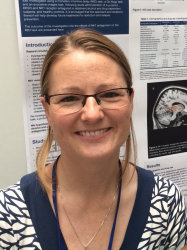BibTex format
@inbook{Brust:2020:10.1007/978-3-030-53176-8_18,
author = {Brust, P and Deuther-Conrad, W and Donat, C and Barthel, H and Riss, P and Paterson, L and Hoepping, A and Sabri, O and Cumming, P},
booktitle = {PET and SPECT of Neurobiological Systems},
doi = {10.1007/978-3-030-53176-8_18},
pages = {593--660},
title = {Preclinical and clinical aspects of nicotinic acetylcholine receptor imaging},
url = {http://dx.doi.org/10.1007/978-3-030-53176-8_18},
year = {2020}
}

